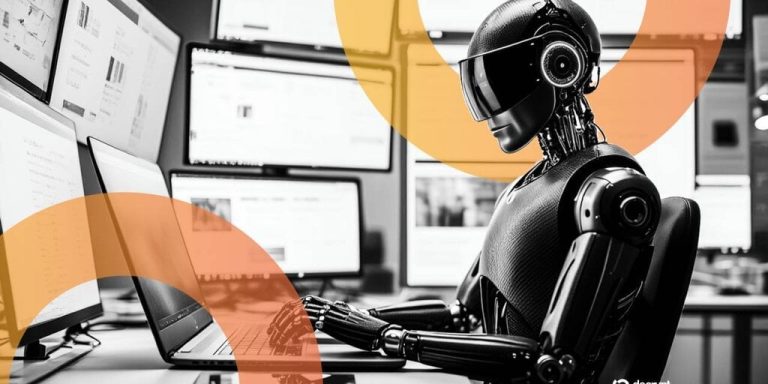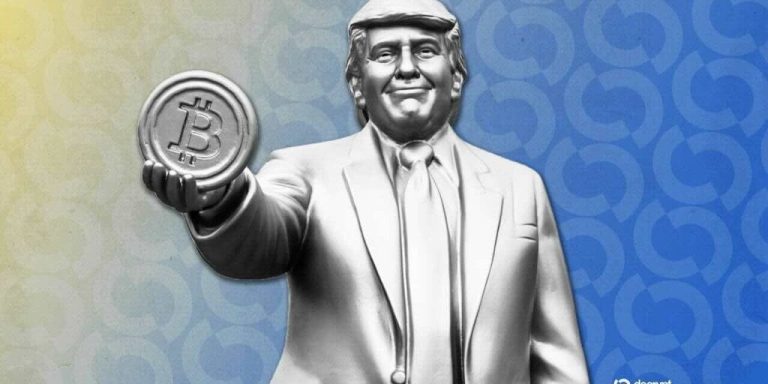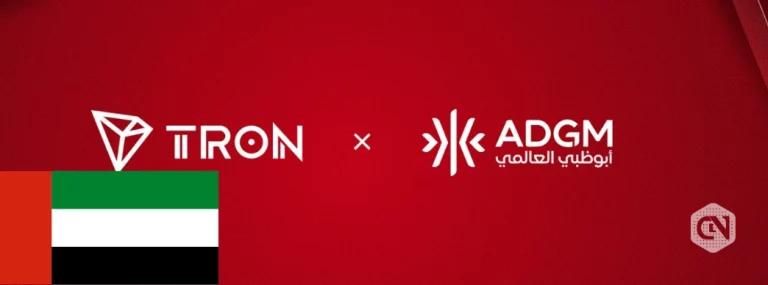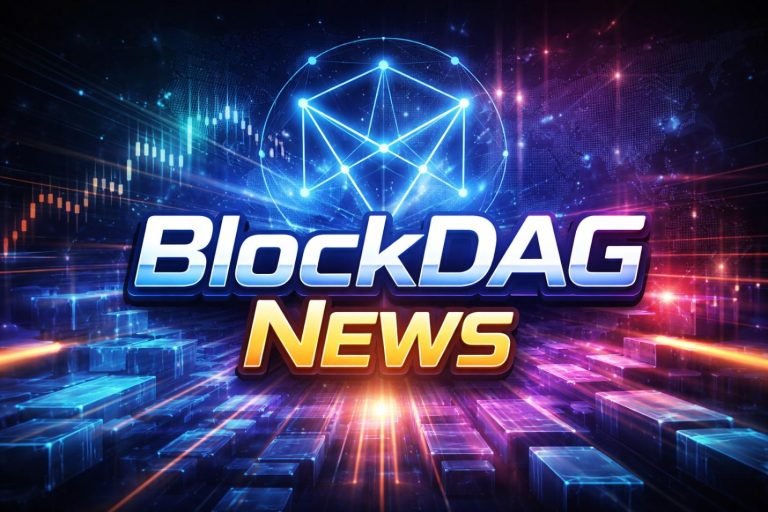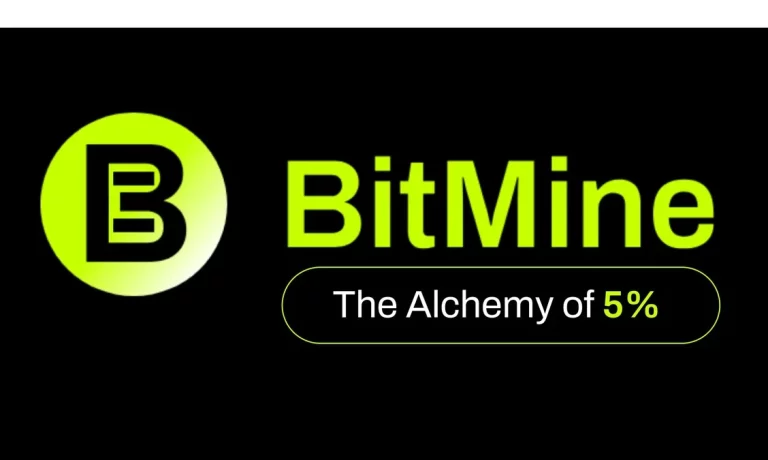
Modernity has shaped our world in countless ways, influencing everything from how we learn to how we interact with technology and each other. As societies evolve, the effects of modernity become increasingly evident. This article takes a closer look at how modernity impacts various aspects of contemporary life, including education, culture, economy, politics, environment, and health. By understanding these influences, we can better navigate the challenges and opportunities that modernity presents today.
Key Takeaways
- Modernity has changed education, promoting new learning methods and global knowledge exchange.
- Cultural shifts driven by consumerism and media are reshaping identities and societal norms.
- Economic changes under modernity have led to global markets, impacting job availability and widening wealth gaps.
- Political structures are evolving, with modernity influencing governance and the rise of social movements.
- Environmental challenges are exacerbated by industrialization, prompting sustainability efforts and technology-driven solutions.
The Evolution Of Modernity In Society
Historical Context Of Modernity
Modernity didn’t just pop up overnight; it’s been brewing for centuries. Think back to the Renaissance, a time of rebirth and questioning of old ideas. That was a starting point. Then came the Enlightenment, with its focus on reason and individual rights. These movements laid the groundwork for the societal shifts we now call modernity. It’s a Western project, for sure, but its influence has spread globally. The pace of change has only accelerated, impacting everything from technology to consumer habits. It’s easy to take it all for granted, but understanding the historical roots helps us see how far we’ve come. The modern boundaries are constantly being redefined.
Key Characteristics Of Modern Societies
So, what makes a society modern? It’s not just about having the latest gadgets. Here are a few key things:
- Emphasis on individualism: People are encouraged to think for themselves and pursue their own goals.
- Rationality and science: Decisions are based on evidence and reason, not just tradition or superstition.
- Industrialization and urbanization: Cities become centers of economic activity, and factories churn out goods.
Modern societies are characterized by constant innovation and change. There’s a sense that things are always getting better, or at least, always evolving. This drive for progress is a defining feature.
The Role Of Technology In Modernity
Technology is the engine of modernity. It’s not just about having cool toys; it’s about how technology reshapes our lives. Think about the internet. It’s revolutionized communication, commerce, and culture. Automation has transformed industries, leading to increased efficiency but also job displacement. Medical technology has extended lifespans and improved quality of life. But technology also presents challenges, like privacy concerns and the spread of misinformation. It’s a double-edged sword, and we need to be mindful of its impact. The impact of modern warfare is undeniable.
Modernity’s Influence On Education

Modernity has really shaken things up in education. It’s not just about what we learn, but how we learn it. The whole system is different now, and it’s still changing. It’s kind of wild to think about how much things have changed in just the last few decades.
Transformations In Educational Practices
Okay, so remember when learning meant just sitting in rows, listening to a teacher drone on? Yeah, that’s not really a thing anymore. Now, it’s all about interactive learning, personalized education, and using tech in the classroom. Think tablets instead of textbooks, online courses, and projects that actually make you think. It’s a big shift, and honestly, it’s about time.
- From rote memorization to critical thinking.
- From teacher-centered to student-centered learning.
- From textbooks to digital resources.
The Globalization Of Knowledge
Thanks to the internet, knowledge isn’t stuck in one place anymore. You can learn about anything, from anywhere, at any time. It’s pretty amazing. This global exchange of ideas is changing what we teach and how we teach it.
It’s not just about learning facts; it’s about understanding different perspectives and cultures. It’s about preparing students to be global citizens, not just local ones.
Challenges Faced By Traditional Education Systems
All this change isn’t easy. Traditional education systems are struggling to keep up. They’re dealing with budget cuts, outdated curricula, and teachers who aren’t trained to use new technologies. It’s a mess, but it’s also an opportunity to build something better.
| Challenge | Description |
|---|---|
| Funding | Schools are often underfunded, making it hard to invest in new technologies and training. |
| Curriculum | Curricula can be slow to adapt to the changing needs of the modern world. |
| Teacher Training | Many teachers need more training to effectively use new technologies and teaching methods. |
| Digital Divide | Not all students have equal access to technology and the internet, creating a gap in learning opportunities. |
| Standardized Testing | Over-reliance on standardized tests can stifle creativity and critical thinking. |
Cultural Shifts Driven By Modernity

Consumerism And Its Impact On Identity
Modernity really ramped up consumerism, and it’s hard to ignore how that’s messed with our sense of self. It’s like we’re constantly being told we need the newest stuff to be happy or cool. This push for material things can overshadow what really matters, like relationships and personal growth. It’s a tough balance to strike, wanting nice things but not letting them define who you are.
- The rise of social media fuels the fire, showing off lifestyles that seem perfect.
- Advertising constantly tells us what we’re missing.
- Keeping up with trends becomes a never-ending cycle.
The Role Of Media In Shaping Culture
Media’s influence is undeniable. It’s not just about entertainment; it’s about shaping our views, beliefs, and even our desires. The stories we consume through TV, movies, and the internet play a huge role in how we see the world. It’s important to be aware of this influence and think critically about the messages we’re getting.
Media can be a powerful tool for good, spreading awareness and connecting people. But it can also perpetuate harmful stereotypes and create unrealistic expectations. It’s up to us to be informed consumers and demand responsible content.
Resistance To Modern Cultural Norms
Not everyone’s on board with the fast-paced, ever-changing nature of modern culture. There’s a growing movement of people pushing back against cultural modernization, seeking simpler, more authentic ways of life. This resistance can take many forms, from embracing traditional practices to creating intentional communities that prioritize connection and sustainability. It’s a reminder that there’s more than one way to live a fulfilling life.
- Choosing local and sustainable products.
- Disconnecting from social media.
- Preserving traditional arts and crafts.
Economic Changes Under Modernity
The Rise Of Global Economies
Modernity has undeniably ushered in an era of global economies. This shift is characterized by interconnected markets, international trade agreements, and the flow of capital across borders. It’s not just about buying and selling stuff anymore; it’s about how economies are woven together. Think about how a phone made in China might have parts from Korea and software from the US. That’s globalization in action.
Impact On Employment And Labor Markets
Modernity’s impact on employment is a mixed bag. On one hand, we’ve seen the creation of new jobs in tech, services, and specialized manufacturing. On the other, automation and outsourcing have led to job displacement in traditional sectors. It’s a constant shuffle, and workers need to adapt to stay relevant.
Here are some key changes:
- Increased demand for skilled labor
- Rise of the gig economy
- Greater emphasis on lifelong learning
Wealth Disparities In Modern Societies
One of the most glaring issues of modernity is the widening gap between the rich and the poor. While some have benefited immensely from globalization and technological advancements, others have been left behind. This disparity isn’t just about income; it’s about access to opportunities, healthcare, and education. It’s a complex problem with no easy solutions.
Wealth inequality is a persistent challenge in modern societies. Factors such as globalization, technological change, and policy choices contribute to this disparity. Addressing wealth inequality requires a multifaceted approach that includes progressive taxation, investments in education and healthcare, and policies that promote fair wages and equal opportunities.
Political Structures In The Age Of Modernity
Democratization And Governance
Modernity has undeniably pushed for more democratic systems. It’s not just about casting votes; it’s about the whole package: transparency, accountability, and citizen participation. But, let’s be real, it’s not a smooth ride. We see different flavors of democracy popping up, some more effective than others. The big question is, how do we make sure these systems actually deliver for the people? modernization theory suggests that economic and educational advancements lead to democratic institutions.
The Influence Of Global Politics
Politics doesn’t stop at borders anymore. What happens in one country can ripple across the globe faster than ever. International organizations, trade agreements, and even social media play a huge role in shaping political decisions. It’s a complex web, and understanding how these global forces interact with local politics is key. Think about how the internet has changed political campaigns.
Social Movements And Modernity
Modernity has given a voice to the voiceless. Social movements are popping up everywhere, fighting for everything from environmental protection to human rights. They use technology to organize, mobilize, and challenge the status quo. It’s a powerful force, but it also faces challenges like government crackdowns and internal divisions.
Social movements are not new, but the scale and speed at which they can now operate are unprecedented. This presents both opportunities and challenges for political systems worldwide.
Here are some examples of social movements:
- Environmental activism
- LGBTQ+ rights movements
- Indigenous rights movements
Modernity And Environmental Challenges
Industrialization And Its Environmental Impact
Modernity’s relentless pursuit of progress has undeniably led to significant environmental consequences. Industrialization, the engine of modern economies, has spewed pollutants into our air and water, leaving a trail of ecological damage. The scale of this impact is staggering, from deforestation to resource depletion. It’s a high price to pay for progress, and one that demands urgent attention.
Sustainability Movements
In response to the environmental crisis, sustainability movements have emerged as a powerful force for change. These movements advocate for responsible resource management, reduced consumption, and a shift towards eco-friendly practices. They challenge the status quo and demand a more sustainable future.
Here are some key aspects of these movements:
- Promoting renewable energy sources.
- Advocating for stricter environmental regulations.
- Raising awareness about climate change.
Sustainability movements are not just about protecting the environment; they’re about creating a more equitable and just world for all.
The Role Of Technology In Environmental Solutions
Ironically, the same technology that contributed to environmental problems may also hold the key to solving them. From renewable energy technologies to advanced waste management systems, innovation offers hope for a cleaner, greener future. The challenge lies in harnessing technology responsibly and ensuring that it serves the interests of both humanity and the planet.
Health And Wellbeing In Modern Societies

Advancements In Medical Technology
Modern medicine is wild, right? We’ve gone from leeches to robotic surgery in what feels like a blink. Diagnostic tools are getting crazy good, spotting stuff way earlier than before. And personalized medicine? It’s not just sci-fi anymore. We’re talking treatments tailored to your specific DNA. It’s a brave new world, but it also raises some big questions about access and ethics.
Mental Health Awareness
Okay, let’s be real: mental health used to be the thing nobody talked about. Now? It’s (finally) getting the attention it deserves. More people are opening up about their struggles, and that’s huge. We’re seeing a push for better resources in schools and workplaces. But there’s still a long way to go in breaking down the stigma and making sure everyone gets the support they need.
- Increased awareness campaigns
- More accessible therapy options
- Workplace wellness programs
Public Health Initiatives
Public health is like the unsung hero of modern society. It’s all about preventing problems before they even start. Think vaccinations, clean water, and programs that encourage healthy eating and exercise. These initiatives have added years to our lives, but they’re constantly facing new challenges, like emerging diseases and the spread of misinformation. It’s a constant battle to keep everyone healthy and safe.
Modern public health faces a complex web of challenges, from combating infectious diseases to addressing chronic conditions linked to lifestyle choices. Effective strategies require collaboration across sectors, data-driven decision-making, and a commitment to health equity to ensure all communities benefit from advancements in healthcare and prevention.
Final Thoughts on Modernity’s Influence
In wrapping up, it’s clear that modernity has a huge impact on our lives today. From how we learn to how we connect with each other, everything feels different than it did just a few decades ago. Sure, there are some great benefits, like easier access to information and new ways to communicate. But there are also challenges, like the pressure to keep up with constant change and the risk of losing touch with our roots. As we move forward, it’s important to find a balance between embracing new ideas and holding onto what makes us who we are. The journey of modernity is ongoing, and how we navigate it will shape our society for years to come.
Frequently Asked Questions
What is modernity and how did it start?
Modernity is a way of living that began in Europe during the Renaissance. It focuses on new ideas, technology, and changes in society.
How has modernity changed education?
Modernity has transformed education by introducing new teaching methods, making knowledge more global, and creating challenges for traditional schools.
What cultural changes has modernity brought?
Modernity has led to more consumerism, where people buy a lot of goods, and has changed how we see ourselves and our culture.
How has modernity affected the economy?
Modernity has created global economies, changed job markets, and increased wealth gaps between different groups of people.
What political changes are linked to modernity?
Modernity has encouraged more democratic governments, influenced global politics, and sparked social movements for change.
What environmental issues are associated with modernity?
Modernity has caused environmental problems due to industrialization, but it has also led to sustainability efforts and new technologies to help the environment.

